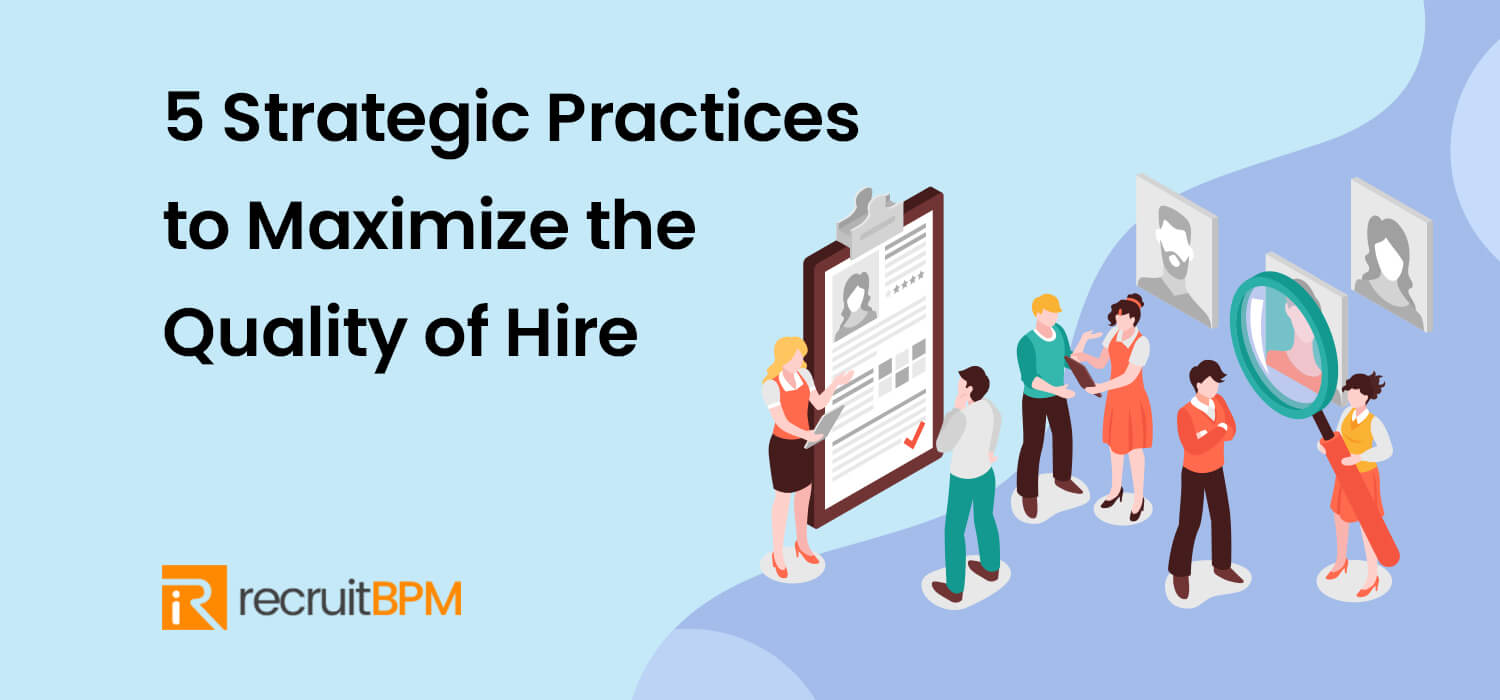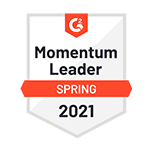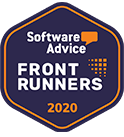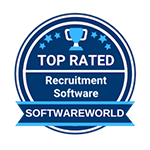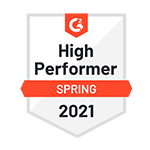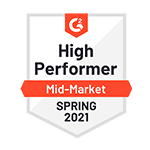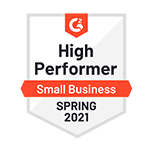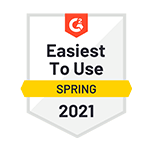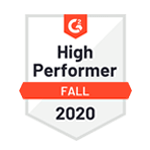Amidst the competitive marketplace, optimization of recruitment KPIs is the key differentiator. Whilst there are no standardized hiring optimization factors, there still exist strategic practices with promising and proven outcomes. Undoubtedly, Staffing agencies integrate the requisite KPIs within their recruitment model to gauge their performance and improve the quality of hire. yet, a number of performance metrics are established to achieve each of these recruitment KPIs. The end goal of maintaining these KPIs ultimately is to provide value addition to your clients. The greater the quality of your recruitment cycle, the greater would be the client satisfaction and retention rate.
We at RecruitBPM conducted market research to analyze the most effective recruitment KPIs in staffing agencies. The report revealed the following metrics to be of high significance and impact.
- Sourcing Channel Efficiency
- Quality of Hire
- Interviews to Offer Acceptance Rate
- Net Promoter Score, NPS
We have decided to dedicate a series of blogs to enlighten our users on the critical implication of these KPIs on a recruitment campaign. Every blog of this series will elaborate on one of the aforementioned metrics. Each of these blogs will contain tips and tricks to help you optimize each of your recruitment milestones projected against a dedicated key performance indicator. Read more about 4 Talent Acquisition KPIs to Optimize your Recruitment Strategies.
Pre-Hire Vs Post-Hire Quality
Care must be taken to distinguish the pre-hire and post-hire quality of your recruitments. The major difference between the two is that the former evaluates the quality of the candidate whereas the latter evaluates the value addition a new hire brings to an organization. Pre-hire quality is evaluated on factors such as employee experience, assessment scores, time to hire, and candidate experience. Whereas post-hire quality analyses how quick and efficient an employee is in getting up to speed with their roles and responsibilities. From employee onboarding to training and achieving organizational milestones, every process of the way counts in the quality of hire. However, we will concentrate on improving the pre-hire quality of the recruitments in this blog.
Impact of The Quality of Hire in Staffing Agencies
In this blog, we will discuss the best practices that can strategically maximize the quality of hires within your staffing agency. The quality of hire is a KPI the impact of which goes a long way even after the conclusion of a recruitment campaign. It is, therefore, of fundamental importance that you initiate optimizing your talent acquisition from this point onwards.
The quality of hire is one of the most complex metrics to analyze in any talent acquisition process. Many are of the opinion that it is too complex to even quantify it. Nevertheless, with an eye for detail, organizations can certainly rank it and draw meaningful conclusions from it. The simplest approach to calculating the quality is to create the persona of an ideal candidate. This persona is benchmarked and every candidate is projected against the ideal profile. Gap scores are marked for every feature such as experience and/or skillset. After such a gap analysis and candidate assessment score allocation, you can use a simple formula to calculate the quality of hire mathematically:
(Performance + Value Addition + Relevancy + Retention) / Total number of factors
= The Quality of a New Hire
The hiring quality of candidates projects the value addition your staffing agency provides to its clientele. This quality of recruitment is in fact the representation of the kind of B2B relationships that you foster. Owing to this elevated role of hiring quality in the world of staffing, organizations put together their best minds to enhance this KPI.
5 Strategic Practices to Maximize your Hiring Quality
Maximizing the quality of hire is about maximizing the employee contribution in elevating your employer brand in the market. Therefore, we have compiled the best practices and high-impact tips and tricks to help you make the most out of your talent acquisition processes.
Create an engaging and definitive job post
How you craft a job post defines a lot about candidate experience with your organization. Job boards are usually the first point of contact with your company. It is an opportunity for recruiters to attract and engage the candidates towards your company. Better the candidate engagement, the better the prospects of converting them into your potential talent pool. A definitive job post is concentrated to provide just the requisite information about the role and responsibilities of the position. This spot-on information narrows down the applicant’s pool to just the relevant resources. It also provides an idea to candidates about whether the job role aligns well with their skillset and workplace values or not.
Create an enticing bespoke career page
According to our survey, 64% of mid-level applicants refer to the company’s website after applying on 3rd party job boards such as LinkedIn, Indeed, Glassdoor, etc. For every potential applicant, your career page is no less than your employer brand broadcasting medium. Take this candidate research of your website as an opportunity to represent your workplace culture, values, and employee recognition. In this way, you can inspire the candidates and give them something to stay engaged with your company.
Automated Employee Referral System
Birds of the same feather flock together. Employees with familiar professional orientations tend to network with their counterparts in other organizations. With an intelligent approach to optimizing the quality of hire, companies can utilize this network to attract just the right candidates without any open quest to source potential candidates. An automated and fairly rewarding employee referral program actually encourages employees to channel the talent pool for relevant openings. As a result, organizations improve the time-to-hire and reduce the cost-of-hire simultaneously.
Empowering Onboarding Program
According to 210 CEOs by Harvard Business School, “Typical mid-level managers require 6 months to reach their breakeven point”. It effectively means that the company is compromising on its deliverables and milestones in the first 6 months of given recruitment. Strategically empowering employees at the time of the onboarding process encourages them to own a self-driven approach. A healthy onboarding is also a token of employee recognition and conducive workplace values of your organization.
Data-driven Analytics
If you cannot quantify it, you cannot evaluate it. Data-driven hiring analytics are as important as any other recruitment KPIs. For a continuously improving recruitment cycle, it is crucial to analyze the quality of pre- and post-hire. Conduct gap analyses to identify the difference between the projected outcomes of hiring an employee and actual outcomes after a certain post-hire time. Not only do they help talent acquisition experts gauge the performance of their employees, but also highlight the areas to improve in the future recruitment processes.
The quality of hire is undoubtedly a tentative and complex metric to evaluate. However, with these practices, companies can attract and engage potential candidates on their career pages. Subsequent streamlined processes become a voice of the employer brand and your brand presence among the competitors is enhanced significantly.


